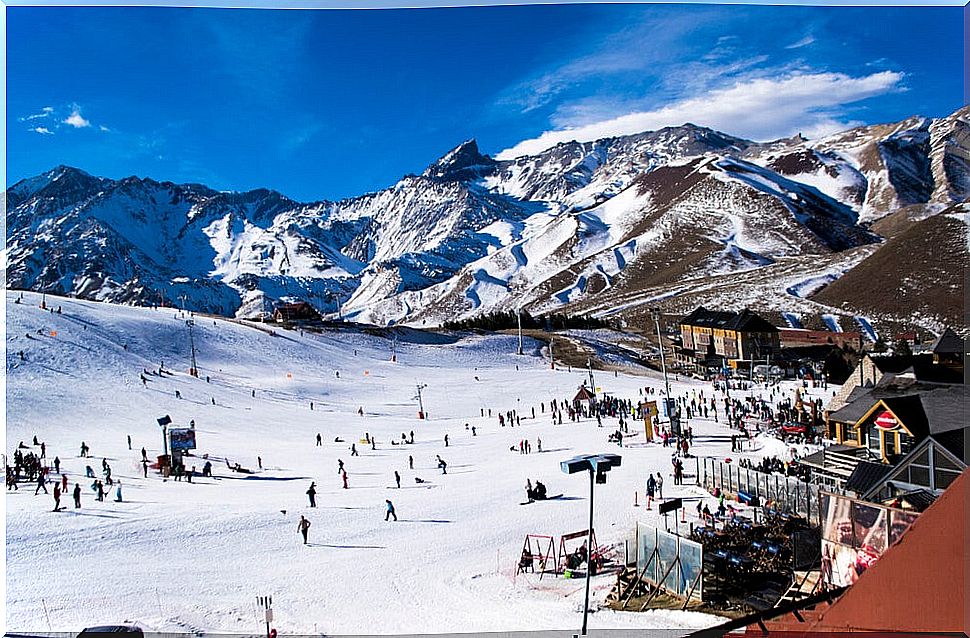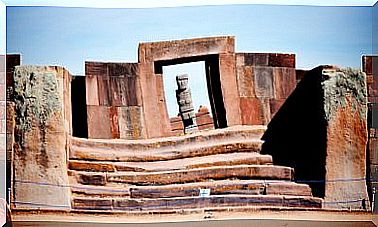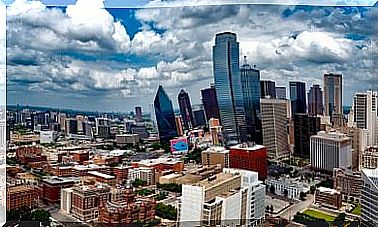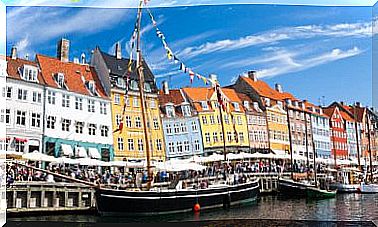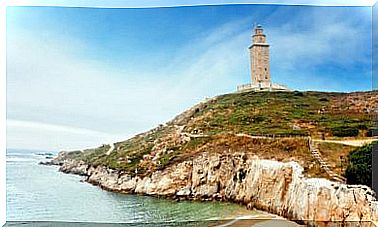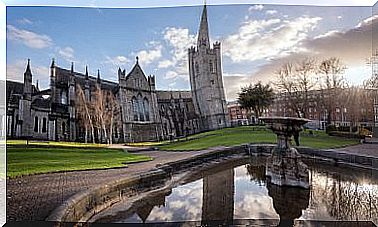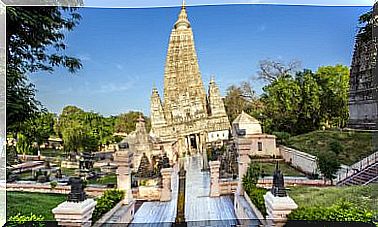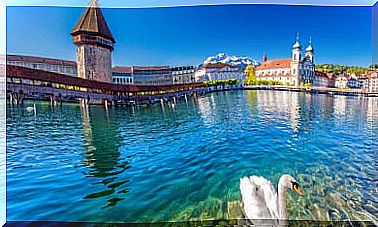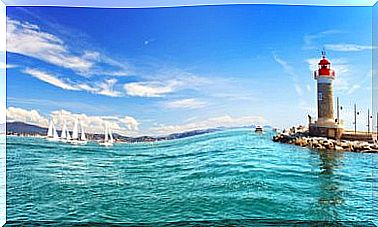The Crossing Of The Andes, An Epic Journey
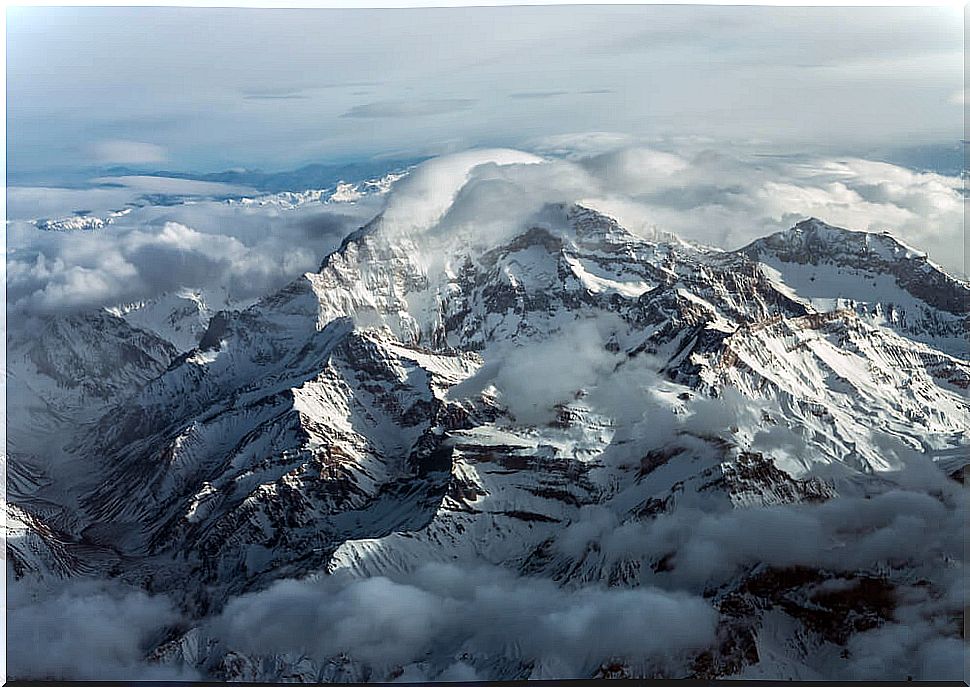
The crossing of the Andes was an epic journey that surprised by the heroism of its protagonists and the struggle to survive. It is an air tragedy that left 29 dead and 16 survivors, who spent 72 days on a glacier. The unfortunate incident occurred to the Uruguayan rugby team Old Christians , in 1972.
The courage and hope of the group made the happy rescue possible, considered a feat. The greatest feat was accomplished by two of the survivors, who crossed the rugged Andes mountain range to be rescued. Next, we invite you to learn the surprising story of the crossing of the Andes, an epic journey.
The failures and the moments before the accident
The fatal plane crash occurred on Friday, October 13, 1972, in the Fairchild Hiller FH – 227 aircraft of the Uruguayan air force. This transported 5 crew members and 40 passengers, including players and their families. The young people were former students of the Stella Maris Catholic School in Uruguay. They traveled to play against the Old Boys, from Santiago de Chile.
The time to travel was not the best, which is why the day before they stayed in the city of Mendoza, in Argentina . The weather conditions seemed to improve the next day in the afternoon, and everyone was eager to get to the sporting event.
However, the fog and winds were not favorable. Added to this, the orientation failures between the control tower and the crew were fatal. The plane entered an abyss of mountain ranges between the Tinguiririca volcano and the province of Colchagua. They were between Chile and Argentina, but the orientation error persisted, even for the frustrated rescue.
The fatal plane crash
The aircraft received authorization from the control tower to begin the descent, but the strong turbulence caused it to lose altitude. The passengers, between panic and prayers, saw the plane skimming the mountains . They entered a labyrinth in the mountains and collided with a mountain cliff in the Andes, near Mendoza.
The pilot’s maneuvers avoided a frontal impact, but a second collision broke the plane’s right wing and tail. Five of the passengers fell into the void and died. A third collision shattered the left wing and the plane crashed into the snow, sliding around a curve, and braking against a rock of ice.
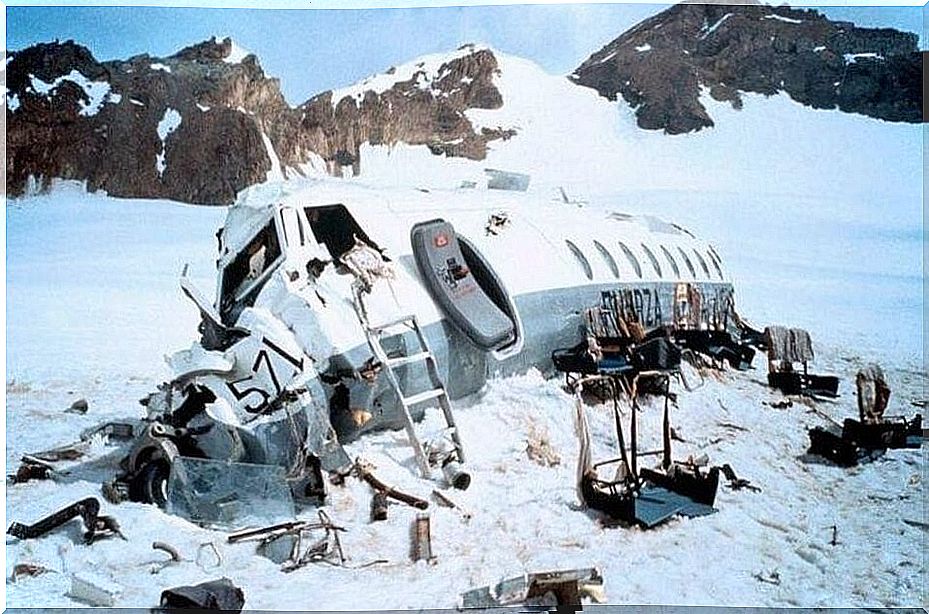
In the midst of the impact, two passengers were trapped in their chairs. The final crash killed the co-pilot and the pilot was trapped with his head in the window and his body between the fuselage.
The inertia lifted the passengers up to the fuselage and roof of the plane. Many were left with severe trauma and others had their legs trapped in chairs; only a few had minor injuries.
In the midst of pain and panic
Marcelo Pérez, captain of the team, organized those who were well to attend to the injured. The panorama was dramatic; Night fell and they sought refuge within the wreckage of the plane. It was the worst night of their lives because of the tragedy, the dead and the wounded.
The next day, the pilot and two more wounded died, after dying all night. Days later, Fernando Parrado’s sister passed away, whose mother was also taken away by the accident. Nando, as they called her, would later be one of the heroes of the crossing of the Andes.

The team’s survival instinct
There were then 27 survivors lost in the immensity of the snow, without a compass and trapped between the silence and the darkness of the night. The harsh circumstances led them to organize to survive, so they improvised gloves with the seat covers, glasses with plastic and boots with the plane cushions.
Then, they protected themselves by looking for pants, sweaters and socks to mitigate the cold. In addition, on the plane they settled very close together to avoid hypothermia. Fortunately, they found a radio that was always with them, and on the eleventh day they heard that the search had been suspended and they were declared dead.
This was another blow, but their desire to fight was greater and they continued to survive. 16 days after the tragedy, at night they were surprised by an avalanche that suffocated 8 of the members.
Among them, the only woman and the captain of the team died. Roy Harley was not covered by the avalanche, and this helped him to bring out those who had not been so buried.
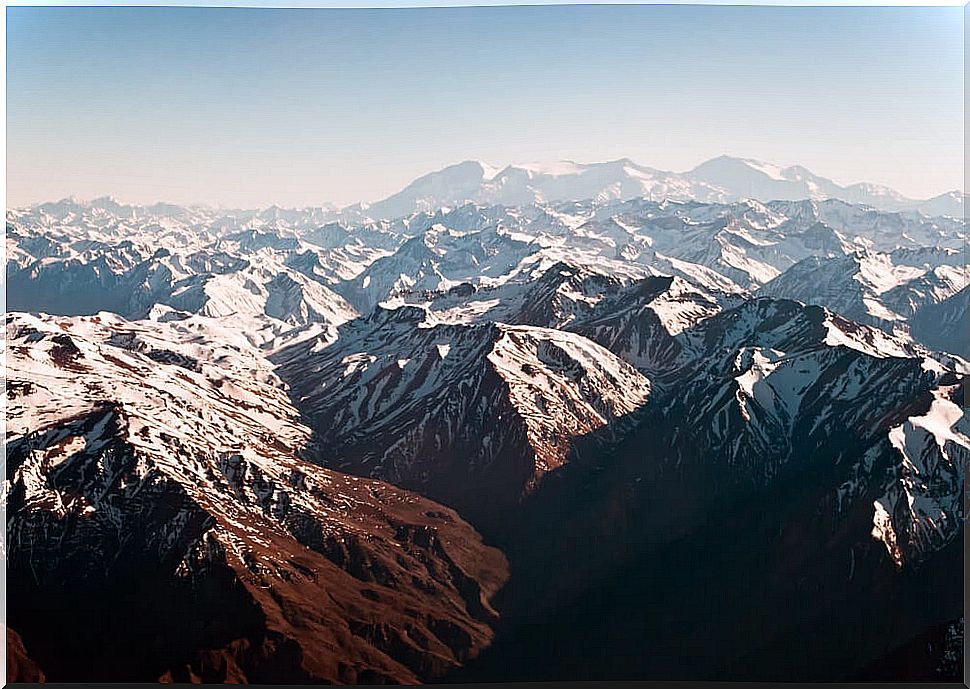
Eating human flesh to continue living
The extreme conditions they had and the lack of food made them make a difficult but necessary decision. If they wanted to survive, they had to feed on human flesh, with the remains of their deceased companions. This was a critical moment, but there was no other alternative. On the other hand, for November and December three more members died, who suffered from gangrene.
In the crossing of the Andes, the survivors explored the surroundings and found the tail of the plane. There they found liquors and chocolates that helped quench hunger and thirst. Also for December they were surprised by a bright sun, which alleviated the cold that hit them. It was then the right time to venture out for help.
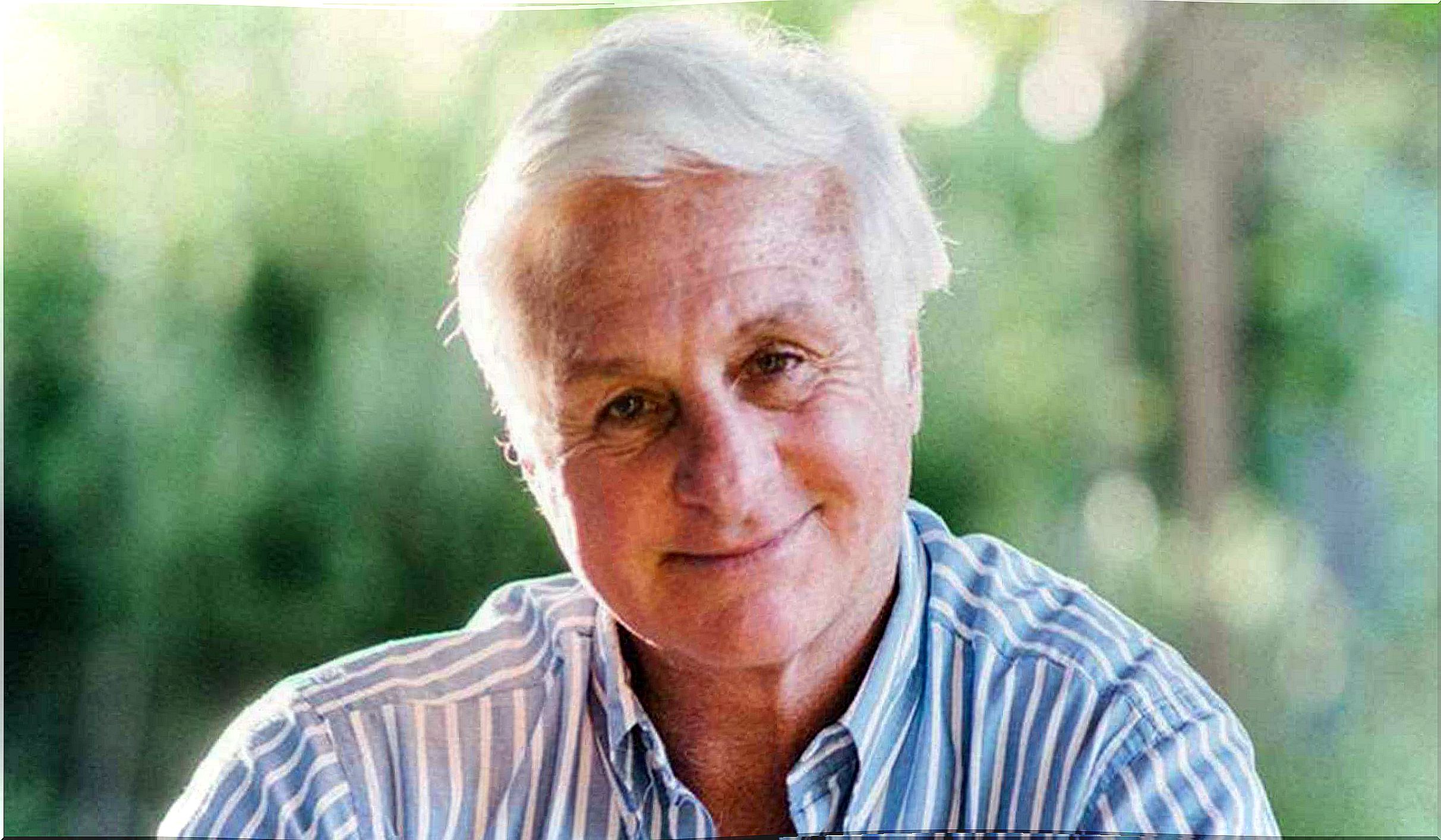
The happy rescue of the crossing of the Andes
Knowing that they would no longer be rescued made Roberto Cannesa, Nando Parrado, and Antonio Vizintín head west, seeking help. They began the crossing of the Andes, but after three days on the road, Antonio was injured, so he had to return to the plane. After 10 days, Parrado and Cannesa reached a river and spent the night there.
Cannesa fell ill and the meat they were carrying spoiled. The next day, they spotted a muleteer in the distance and signaled him. He threw leaves and a pencil tied to a stone at them, so that they could write. The muleteer Sergio Catalán, after reading the message, threw bread and cheese at them and reported the finding to the Chilean police.
They were rescued on the afternoon of December 22 and the media reported the miracle of the survivors. On the plane, they heard the happy news that Cannesa and Parrado had been rescued.
Later, Nando arrived with the Air Force to save his companions. Some had to wait the next day with the rescuers, due to overcrowding and other difficulties, but the miracle of survival was already accomplished.
